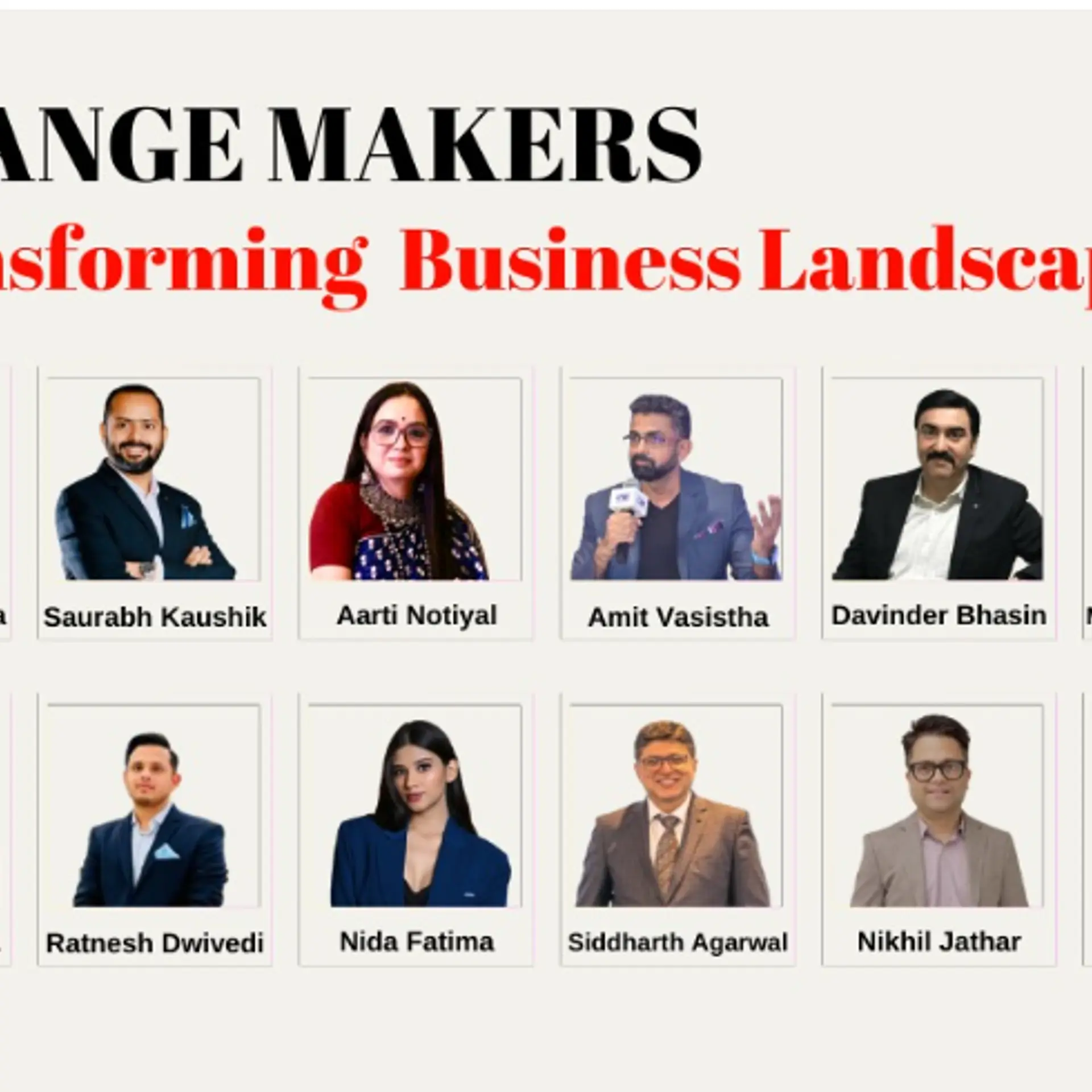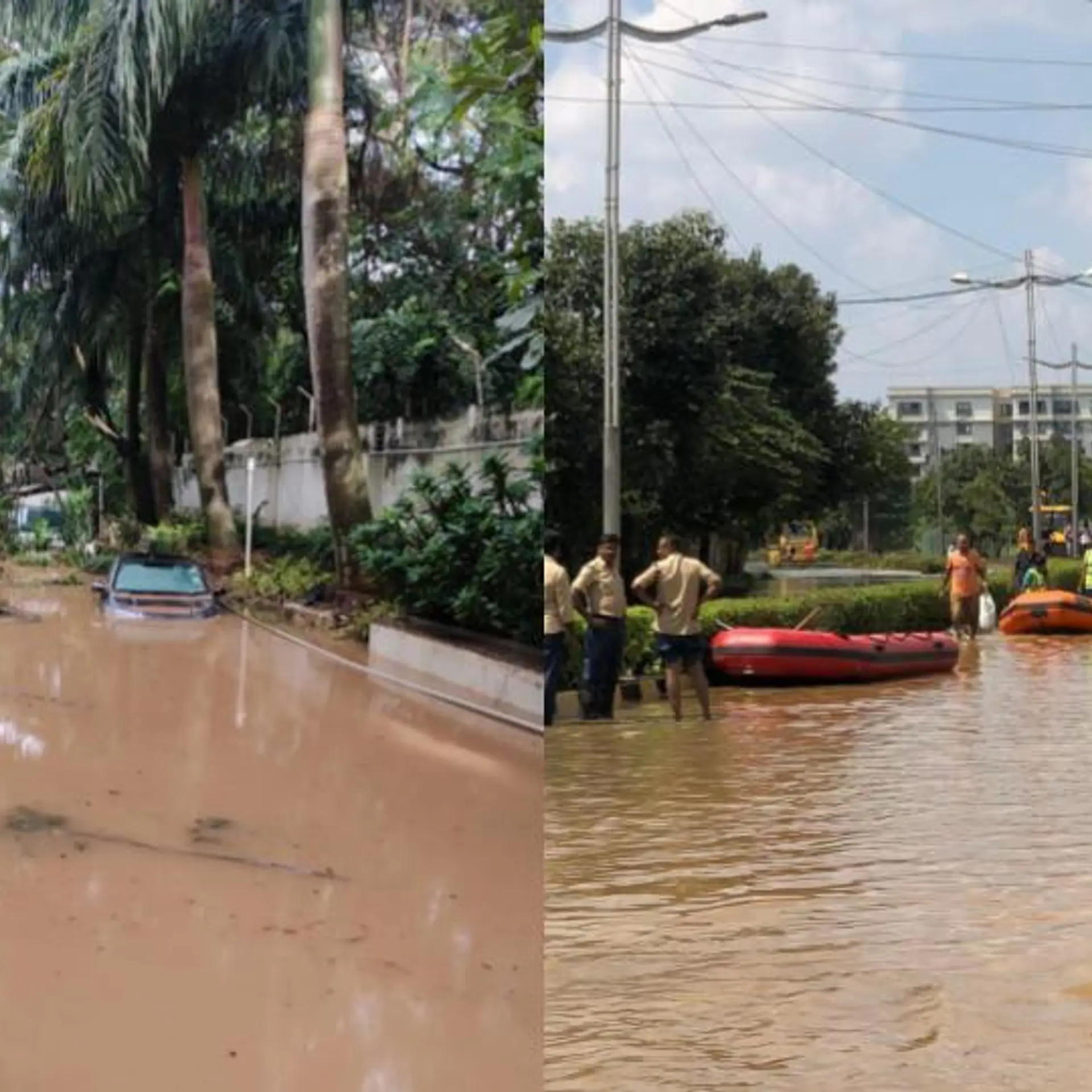Planning Mobile presence for your Startup? Lessons from redBus
Wednesday December 07, 2011 , 5 min Read

We keep hearing about how mobile commerce is an indispensable part of marketing & sales strategy of any startup today. While much of it is true in a country like ours where mobile penetration is far superior to the internet growth, we bring to you the redBus case study which shows some clear indicators of how mobile is consumed in India.redBus being the category leader in bus ticketing in India, it is but natural that whatever they do will impact a large audience which consumes its services. While we independently spoke to a couple of travellers to gauge the sentiments on the newly launched redBus WAP services, here we bring to you excerpts of our interaction with Mayank Bidawatka, one of the key early team member of redBus, currently heading the Internet and Mobile vertical.
Mayank what are your views on the role / impact of mobile services and what has been your strategy while launching the WAP site for redBus?
Any marketing forum that I go to, the two words that stare you in the face are social and mobile. I think it’s important to understand clearly the scenarios where these two channels will be used by customers and then prioritize them accordingly. And the use-cases will differ from category to category.
Understanding these scenarios will also help you shape the product according to the channel. Customers will never leave their PC to start using our site on the mobile, unless they have no other means to access the web. We saw a use-case in the mobile as an information channel for customers who don’t have access to the web, at that point in time. So, we prioritized our features for our WAP site accordingly. Even though it was tempting to have many other features on the mobile, we stuck to the requirements of our users.
I think that channels change, but strategies don’t. Social and mobile are today’s channels. Tomorrow there may be others, but businesses will still win on the basics of having great products and by delivering value to consumers, irrespective of the channels used to deliver them.
Mobile development is a new medium with little credible source of information out there for developers and product managers. It’s a steep learning curve and those who are planning to create their mobile presence should look out for mentors that can help guide them on the right way to build this presence. We sought help from people in the industry and that helped us correct many mistakes earlier on. We are still learning. It’s a complex medium with marginal short-term gains.
Share with us some of the key trends that you have observed since the launch of your WAP platform?
We have seen that the traffic is higher in the evenings and highest at night, also traffic peaks on week-ends, opposite to that of our web traffic. We noticed that routes that have the highest searches on the desktop are not the same as top routes searched on the mobile. Also, many searches are for non-metros. This is a good trend because we may be reaching out to a mobile only customer. Searches through mobile site happen mostly for the same day or the coming week-end.

(Young and Ambitious: redBus team driving the mobility vertical)
Key learnings for Startups planning to build on the mobility component in their enterprises
You won't see a huge jump in transactions right away, but it's a step into the future.
Mobile usage is complimentary to PC/Laptop usage. It’s a great time to advertise on the mobile phone, as cost of customer acquisition is comparatively cheaper.
Prioritization is key because of the complexity involved in development. From our experience, Android and iPhone may be a great place to start because they will constitute a large chunk of your traffic, depending on your category. Blackberry users are large too, but you’ll be able to get a better understanding of your user base by getting data from your Analytics software or just doing a quick dipstick among your customers.
Mayank captures the learnings which startups can take note of before starting their mobile initiative as follows -
- There are many OS, browsers, screen resolutions, versions and device capabilities that need to be kept in mind.
- In case you’re a transactional site, you don’t necessarily have to go with an IVR system for payments. You can integrate the regular payment gateways (for cards and net banking) on most phones.
- Ensure that your call center number is loud and clear in case someone wants to reach out. They are on the phone and that’s probably the easiest way to get things done for the customer.
- Think before you decide to dive into creating apps. I’d say that it’s a good strategy for a brand to create apps so that they can market it to their customer base. If you’re not a brand, you will find it difficult marketing the app because discoverability is a tough nut to crack.
- In case you do decide to go the app + wap way, figure out what incentive the customer has to download the app vs simply logging on. I’d say reserve the bells and whistles for the app and keep the wap light and simple.
- Innovate – it’s a new form factor and if something that can help you differentiate your offering can be presented to the customers, they’ll remember you by that differentiator. It could be a simple functionality or a design element that nobody else has done yet.
- Speed is very critical for a mobile site so do use speed-test tools available to ensure that you score well on it.
Shradha Sharma






